Keeping an aquarium, or suiso in Japanese, may evoke dull childhood memories of a glass bowl sitting on top of the television with a few disconsolate goldfish swimming listlessly around a cheap ceramic castle, but as temperatures outside climb and the foliage in your neighborhood park starts sweating, it’s time to consider bringing nature not only indoors and into your living room, but underwater.
Welcome to the magical world of aquaria keeping and aquatic gardening, free of seta, fuss and fleas. Lush leagues of aquaria and aquatic gardening are rich in instant Zen, inner tranquility and lashings of Feng Shui goodness.
Feng shui literally means wind and water, the latter having represented wealth and abundance in Chinese culture for the past 4,000 years. It’s believed that within the home, water structures such as aquaria can have a powerful effect on wealth, timing and luck when properly situated. This also applies to places of business, explaining why many Chinese restaurants have an aquarium, often visible from the entrance. In Feng Shui, water almost always brings good luck, harmony and good health to a household. It is often advised that the aquarium is placed to the left side of the main door to attract money, a direction taken when one is standing inside looking out.
Numbers of fish have some significance in creating an aquarium, with eight regarded as the most powerful of numbers. While most numbers are acceptable, four is generally taboo as in Chinese and Japanese it sounds like the word for death. Cynics may dismiss Feng Shui and the importance of fish tanks as being Hong Kong phooey, but if after four months you find yourself plagued with financial problems, it’s time to move your tank to a more fortuitous location.
Manami Goto works at Pau Pau Aqua Garden, a cavernous aquaria-supplies shop in the heart of Ginza (nearest station Tsukijishijo). Whilst not hung up on where an aquarium should be placed, she does say that many companies in the area will install a tank in their lobby to add an element of harmony, the all-omnipotent and important Japanese wa, to the workplace.
When asked who is patronizing Pau Pau, Goto responds without hesitation: “Rich people!” she laughs. Alongside the corporations shopping there in an attempt to soothe frazzled workplace tempers are a sizeable band of tarento, Japanese television stars. At the top end of the market the reality is that the only thing to limit your vision is what’s in your wallet. Coffee table-style tanks on sale in Pau Pau that emit a soothing blue phosphorescent glow as electric-colored fish flit beneath your crockery, retail for \370,000. The most expensive fish Ryan Stover, creator of the www.suiso.com website, has ever seen was a three-foot-long, bright red Arowanna selling for \700,000.
The stiff price tag would suggest that this fish is a rarity. It actually transpires that the Asian Arrowanna is on the officially endangered list. Amidst reports that the clownfish population in Okinawa is dangerously low because of the surge in demand for the fish following the popularity of the movie Finding Nemo, how can a person stocking their aquarium guard against their supplies coming from an ecologically insensitive source? Stover admits that laws protecting the import of such species are lax in Japan compared to North America or Europe, but adds that endangered fish like the Asian Arrowanna must have a Convention on International Trade in Endangered Species of Wild Flora and Fauna (CITES) certificate to be sold here.
“You can check with the staff and most of the time their fish will be from farms in Malaysia,” advises Stover. “But I have seen way too many wild specimens that I know came from some river in the Amazon. The Japanese love exotic species and will pay a premium for them.”
Exotic doesn’t have to equate with endangered, though. Stover is quick to point out that one of the joys of aquaria keeping in Japan is that when choosing your fish, or building upon your collection, that for every ubiquitous neon tetra, pretty though they undeniably are, there is routinely a quirkier species available too. A Southern California native, Stover says that Japan has a wider selection of fish than his native country, him having seen everything from wild Corys to freshwater stingrays for sale, and even believes that per capita there are more aquarists in Japan than in the United States.
Initially beginning and maintaining an aquarium can seem overwhelmingly daunting when confronted with the science – you are after all, creating a mini, fragile eco-system. Having to balance plant and fish lifeforms with water temperature, substrate (aquatic soil) quality and lighting all needs to be reckoned with sensitively, and both Goto and Stover assert that the biggest mistake novices can make is to just give up if their first attempts fail and urge rookie aqua-gardeners to hang in there.
“I failed many times, but you learn from experience,” WHO???? says.
For Tokyoites with hectic schedules, keeping an aquarium could be a pet-possibility over raising canine or feline companions, which can make big demands on your personal time and space.
“True,” concurs Stover, “there is very little that goes into keeping a healthy aquarium if a few basic rules are followed. One being mindful of water changes and also selecting a low load of fish and plants which not only give the tank visual appeal, but also contributes to the biological cycle of the aquarium.”
One common pitfall is lack of knowledge, but Stover says that you can expect a warm reception when approaching Japanese staff in aquarium shops, whom he says are unfailingly erudite and amenable.
“You can’t really go wrong – I have been to many shops and all had great, knowledgeable staff that are always looking to help a gaijin,” he says.
He adds that when creating and maintaining a successful aquarium, reading up goes a long way, advice that is almost too obvious but which could save you sending your scaly charges to a prematurely watery grave. Certainly, there is a massive surfeit of information to be gleaned effortlessly from one of the thousands of websites on the internet, featuring all advice and facts on all aspects of aquaria keeping.
Japan’s own aquaria keeping history dates back to the early Taisho era, although the hobby really took off after the Second World War when the country was literally forcibly opened up to the rest of the world and exposed to aquaria keeping trends prevalent in America and Germany. Interest subsequently diversified from the traditional outdoors keeping of multi-hued carp in ponds and lakes to the indoor cultivation of tropical fish. Whilst some of the tropical saltwater fish were taken from Okinawa it wasn’t until the advent of budget air transportation that fish started to be harvested around the Philippine Islands and shipped to Japan. During Japan`s near mythical bubble-period in the 80s, the outlandish prices that some of these fish and live coral commanded, even with falling prices in air transportation, made these creatures seem like a rich man’s novelty or pet – the economy was growing at a phenomenal rate, everyone had money to spend and the hobby exploded.
It was around this time too that the breathtakingly lavish and bewitchingly otherwordly designs of seminal Japanese aqua-scaper and designer Takashi Amano, of Aqua Design Amano fame, impacted on the world stage and revolutionized the scene with the sheer breadth and naturalistic approach of his vision.
Stover says that in Japan it’s the plant nurturing and aquatic gardening that really enthralls hobbyists who treat their tanks’ foliage like ‘aquatic bonsai’. Indeed, it’s no coincidence that Japan is at the forefront of this art. Amano arranges aquatic plants with a Zen-like style. His creations are a lush and beguiling antithesis to the thoroughly and uneccessarily lacklustre goldfish bowl effort previously mentioned.
Amano himself says that he takes his cue from ‘Mother Nature’, and seeks to combine the creativity of humans and nature, describing this fusion as a ‘glass crucible where these two energies mix’, with his overriding intention being to ‘fascinate and relax’. Amano is being less arrogant and more practical when he says he attempts to follow the creative experimental path of nature in his work (to work against the natural order of things would be, from his perspective, an aberrant corruption of the force which he channels to sculpt his art). He sees an aquarium as a small, enclosed world, where, as life is breathed into its diminutive universe, “the pulse of the complex ecological system of the living creatures begins to beat, and the natural order of nature begins to take shape.”
Stover’s passion for aquaria was also born out of interacting with nature when as a youngster his self-confessed passion for fishing got him hooked (thunk) on nurturing the creatures he was catching. His major epiphany came when he visited a Japanese aquarium and was mesmerized by the sights and sounds that greeted him there, a fantastical aquatic wonderland with its compelling evocative blend of plants, light, fish and water.
Stover believes that that Japanese apply many precepts of aquarium keeping to many other hobbies, as aspects of ikebana, bonsai and Japanese gardening can all be found in aquaria in Japan. He adds that keeping a tank is a beautiful and tranquility-infusing way for greenery-deprived city dwellers who fry in summer and freeze in winter to conveniently “bottle up a slice of nature and have it in their home.”
“My aquarium is a living work of art that I created, a sanctuary I can go to release my stress,” Stover explains. His concept of the aquarium as an urban refuge, imparting equilibrium and peace to harried metropolitan lives is widespread amongst hobbyists, and perhaps even those of us who have never kept a tank can relate to that deep, profound tranquility which watching aquatic wildlife brings. Many hobbyists refer to this natural beatific artistry in aquaria keeping, the making of a living work of art with living elements, almost like the alchemy of ingredients involved in creative cookery or sculpture. Is an aquarium less of a pet container and more a work of art in progress, a giver of serenity and a creative release?
“Exactly!” Stover responds enthusiastically. “When I first saw some of Amano’s designs I was in love.” He eulogizes of the wild yet hand-sculptured look that characterizes Japanese gardening and Amano’s meticulously crafted work. Some may argue that fish are unresponsive, downright dull pets – you can’t hug exactly them a hug or take them out for a jog. Stover, however, disagrees.
“Some fish like Cichlids really do develop their own personality,” he says. “You can spend hours gazing at a tank but never see the same thing twice. It’s not just a fish tank, but a slice of nature that draws me in.”
Manami Goto at Pau Pau expresses a zeal that is more muted but no less incandescent. Having parents who owned an aquarium shop means she feels absolutely at home surrounded by tanks bubbling soporifically. For her, she says, it’s the security of her childhood transferred into her daily adult professional environment, a transition that clearly suits her down to the ground.
In the future, Goto foresees a trend for aquarium fish to be bred in captivity, as the rate at which they are being taken from the wild cannot be sustained. Combined with negative environmental factors, this ‘home-breeding’ will develop naturally as a larger, more vital part of the hobby. Stover’s money is on tomorrow’s aquaria focusing on creating actual coral reefs in your own tank, an ambitious scheme perhaps best left to the flamboyant aquatic architects like Takashi Amano.
A man clearly as lyrical with his speech as he is with his work, here’s the last grand mot to the undisputed Godfather of Suiso: “It is something that every man knows deep down inside himself. It is probable that the limitless peace that aquariums give us, is felt from seeing the utopia-like existence of the living things inside.”
Links:
www.suiso.com
www.cites.org
www.palcom.ne.jp/link/iguana/paupau.htm paupau.com
www.adaeurope.com
www.aquatic-gardeners.org
Story by Jo Bainbridge
From J SELECT Magazine, July 2004

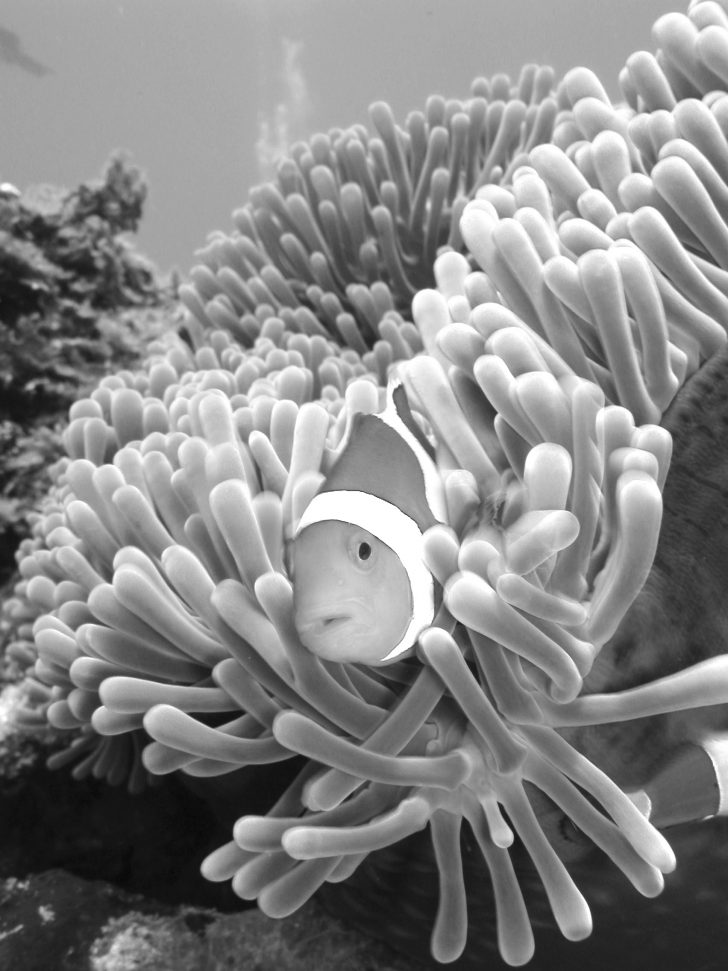

-150x150.jpeg)
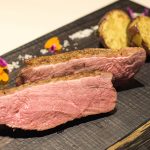
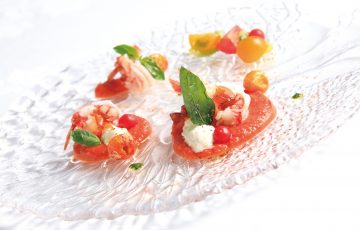



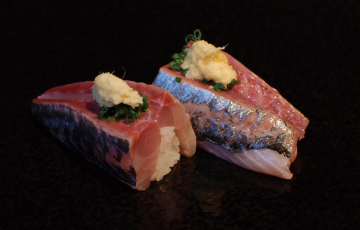

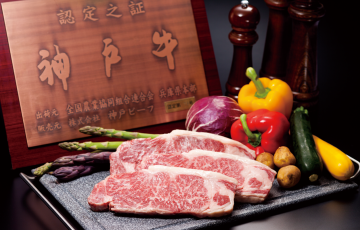



Recent Comments